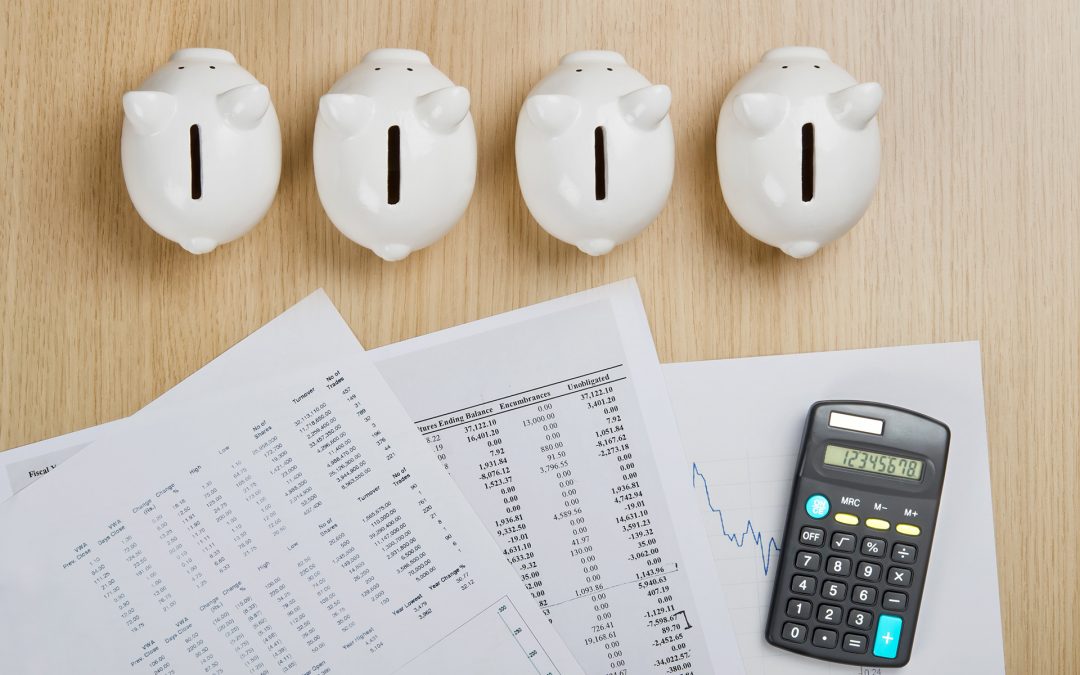The article “The Best Way To Fund Your Retirement” was originally published on September 9, 2016 on MoneySense.
Should Julie cash in shares or draw down on her RRSP?
Q: I am 66 and retired with no defined benefit pension – just CPP and OAS. I do have RRSPs, both in savings and in mutual funds. I own my own home and it’s mortgage-free. I have some TD shares and Bell shares which are not within the RRSP portfolio.
My question is…in the future when I need funds, is it better to cash in some shares or to cash in from the RRSP?
I want to be sure that what I do is the most efficient for tax purposes (for example my roof needs re-shingling next year, costing approximately $10,000).
—Julie
A: Without knowing all the facts, Julie, it’s hard to give you a perfect “how-to” in your case, but I can give you a number of different considerations.
If you have a spouse, depending on their sources of income, my answers might change. But I’ll assume you’re single since you didn’t mention a partner.
Depending on the amount of your CPP and OAS pensions, you may be entitled to additional government benefits like Guaranteed Income Supplement (GIS), the GST/HST credit and based on your province of residence, various provincial tax credit and incentive programs. You should be mindful of anything you do that will raise your income and partially negate or eliminate these other income sources, Julie. They are all generally means-tested and depend on your net income on your tax return.
What you should do with your TD and Bell shares depends, in part, on the accrued capital gains or losses. If you’ve held these shares for a long time, there may be a capital gain to sell the shares. That said, capital gains are only 50% taxable, so it should be cheap to withdraw from this account, as compared to your RRSPs which are fully taxable.
If your capital gains are modest, you should consider moving your TD and Bell shares (or share proceeds) into a Tax-Free Savings Account (TFSA) so that your dividends and capital gains are tax-free instead of taxable, Julie.
You may benefit from converting at least part of your RRSPs to a Registered Retirement Income Fund (RRIF), at least to the extent that you can withdraw $2,000 per year from a RRIF and qualify for the Pension Income Tax Credit, which should make this income tax-free. If you can take earlier tax-free withdrawals from your RRSPs, it should decrease your taxable withdrawals in your 70s and 80s. It may also enable you to contribute to or at least not draw down as much on a TFSA.
Something else to keep in mind is the potential to use debt strategically. If you have a paid-off house, you can probably get or already have a low-interest secured line of credit. If withdrawing from your investments creates a big tax liability to do a $10,000 roof repair for example and you would be better off having that income inclusion over two years, consider taking half in one year, the balance from your line of credit and then paying off the line of credit with another withdrawal in year two.
I think you should determine how much of your investments are likely to be needed and when to try to then determine not only where to draw from, but also how to invest your investments. A little budgeting on your own or retirement modelling with a financial planner can help you consider this, Julie.
From there, you can try to set your asset allocation accordingly. For example, if you are likely to need the bulk of your TD and Bell shares in the short to medium term, perhaps they should be invested more conservatively in bonds, GICs or near-cash investments. And if you are just going to be taking the minimum withdrawals from your RRSP/RRIF accounts, maybe they should be invested more for the long-term (minimum withdrawals are 4.17% at 66, 5.00% at 70 and 5.82% at 75, so this may just mean you are drawing income plus a little capital from your account).
I think this is a good opportunity to re-evaluate your portfolio overall, Julie, seeing as how it sounds like you have a few different strategies going on, between cash, mutual funds and two stocks. You also mention “RRSPs”, so if you have multiple accounts, consider consolidating to simplify things. And if you don’t have a TFSA, Julie, you should open one given you have non-registered investments you can use to make contributions.
Retirement planning is like a road trip. There may be a number of routes from A to B and it’s a matter of figuring out how best to get there. The shortest route isn’t always best. Sometimes it’s the fastest route. Or the most scenic. Or the one that avoids tolls. But don’t just trust the first gas station attendant you ask. Study your map, ask a few people and enjoy the journey.
Jason Heath is a fee-only, advice-only Certified Financial Planner (CFP) at Objective Financial Partners Inc. in Toronto, Ontario. He does not sell any financial products whatsoever.

